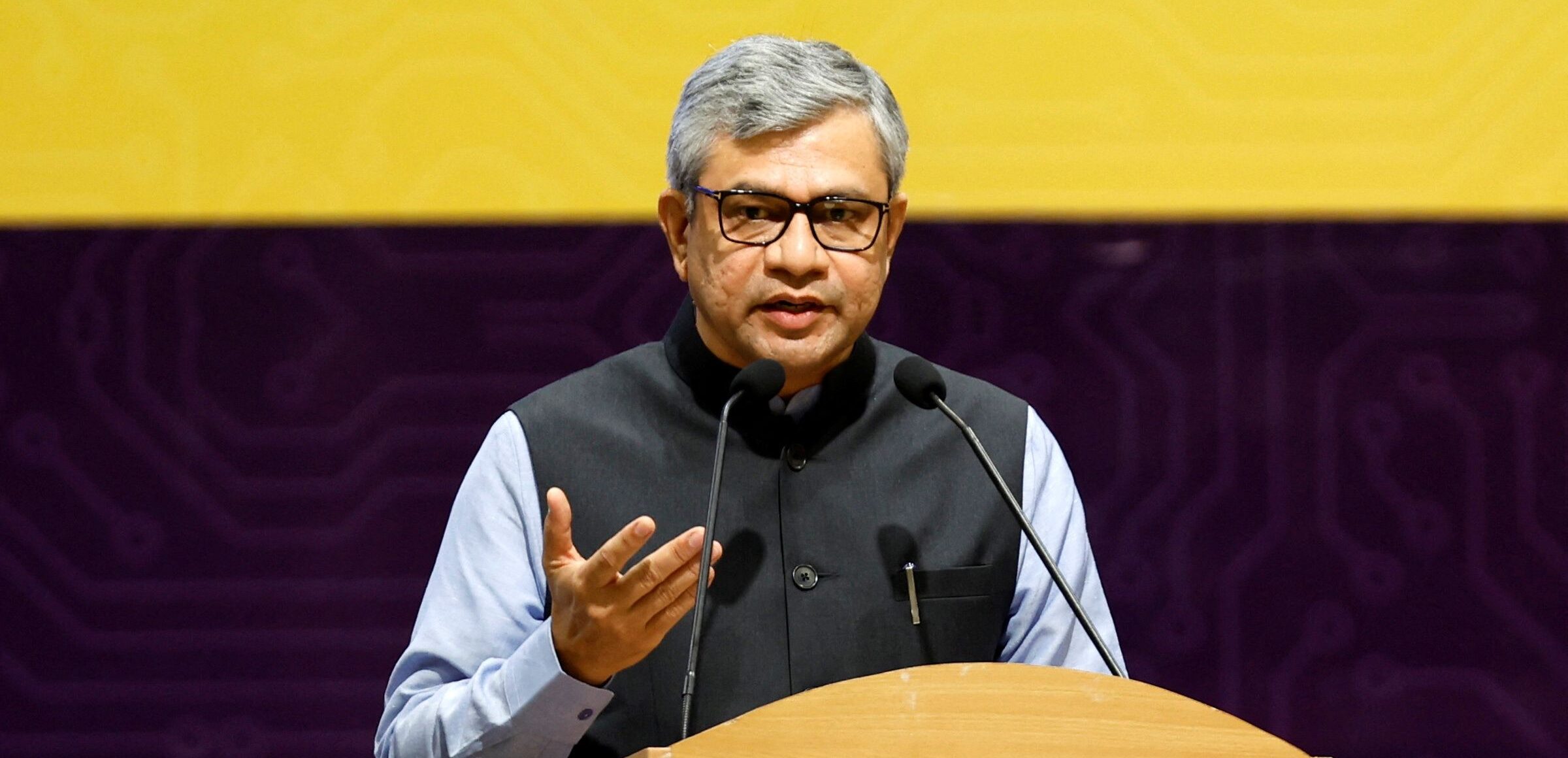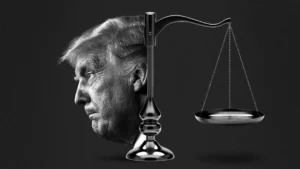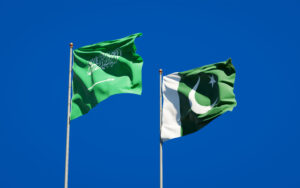India is actively encouraging the adoption of homegrown digital products to replace foreign technology giants like Google, Microsoft, and WhatsApp. The move comes at a time when trade relations between India and the United States are tense following Washington’s imposition of a 50% tariff on Indian imports in August.
Prime Minister Narendra Modi has been vocal about promoting “swadeshi” or locally made goods, urging citizens to reduce their dependence on international brands in daily life. His government is now extending this push into the digital space, supporting Indian tech companies that are stepping up with alternatives to some of the most widely used global applications.
Ministers Highlight Indian Alternatives
Information Technology Minister Ashwini Vaishnaw recently gave a presentation on highway projects, using Zoho, a domestic software company, instead of Microsoft PowerPoint. He also demonstrated MapmyIndia, positioning it as a replacement for Google Maps, with a smile, saying, “The map belongs to MapmyIndia, not Google Maps. It looks good, doesn’t it? Swadeshi.”
Similarly, Commerce Minister Piyush Goyal and Education Minister Dharmendra Pradhan publicly endorsed Arattai, a messaging platform developed by Zoho. Arattai, which means “chat” in Tamil, has seen a sudden rise in downloads and user activity after receiving official backing. Reports from Sensor Tower reveal that the app had over 400,000 downloads last month compared to fewer than 10,000 in August. On September 26, its daily active users doubled, surpassing 100,000.
Growing Support, Tough Competition
American apps continue to dominate India’s digital landscape. Google Maps is relied on daily by millions of travelers, Microsoft’s products are widely used by both government and private sectors, and WhatsApp has over 500 million users in India, making it the company’s largest market.
Industry experts warn that Indian companies still face serious challenges. Competing with global giants requires massive funding, unique features, and strong safeguards against privacy risks. In the past, apps like Koo, promoted as an alternative to X (formerly Twitter), failed to sustain operations due to limited financial support.
Analysts believe that while government endorsement helps boost adoption in the short term, Indian tech brands will need innovation, investment, and reliability to truly rival global platforms.
Digital self-reliance Vision
The Modi government’s push reflects a larger ambition to achieve digital self-reliance. By promoting platforms like Zoho, MapmyIndia, and Arattai, India aims to create a stronger local ecosystem, reduce its dependency on U.S. technology, and encourage citizens to embrace domestic innovation.
If successful, this strategy could not only empower Indian tech companies but also mark a major shift in the global digital landscape, signaling that nations can challenge established tech monopolies by strengthening their homegrown solutions.





